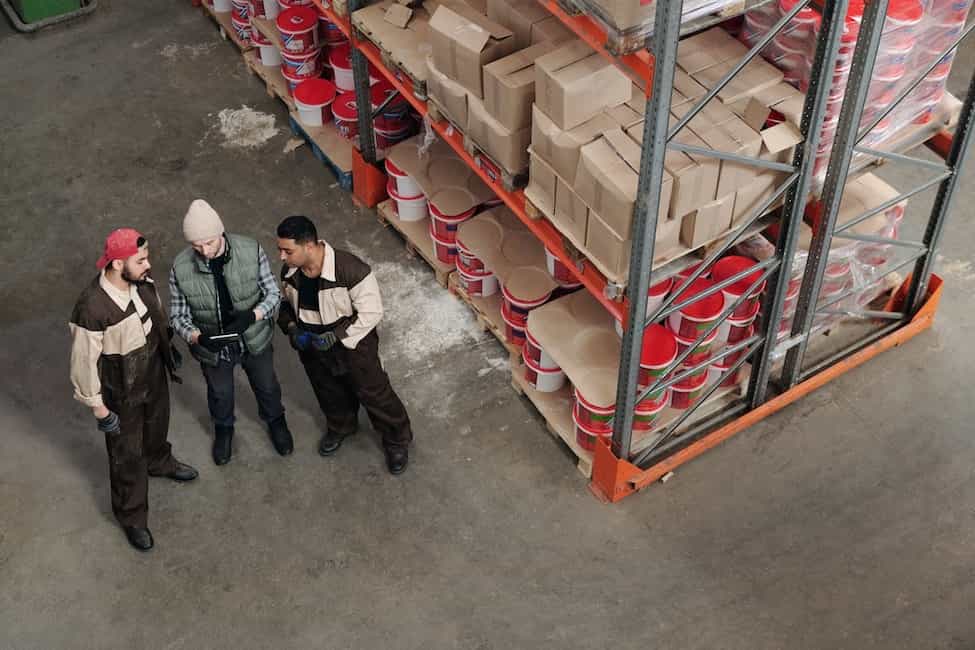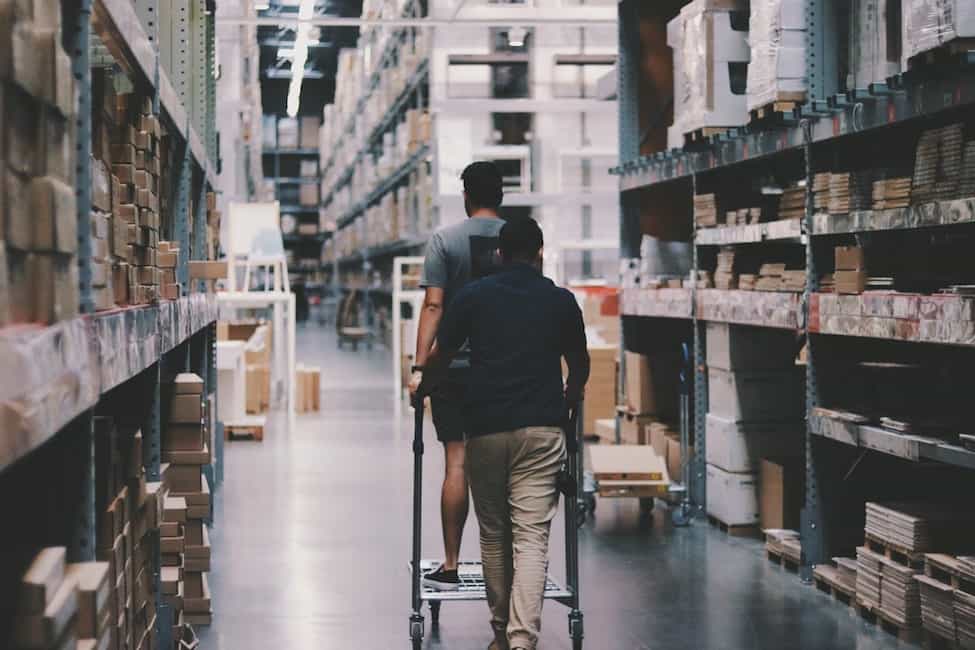Everyone likes to say that the two guarantees in life are death and taxes. There is truth to that, but they are missing on the most significant guarantee in life, which is change. It wasn’t long ago when brick-and-mortar stores were the only kind of retail shopping available. For those who don’t know what that means, it pertains to live retailers, as in, you have to go to the store to shop. Online shopping changed all that.
The retailers who adapted quickly survived. Those who took too long struggled. For instance, J.C. Penney and Sears were a bit late to the party, whereas Walmart and Target were ahead of the game. Walmart and Target had already been offering curb-side pickup before the Covid-19 pandemic, however. Of course, Amazon has been the #1 online retailer and overall retailer for years now. Amazon made a small error when they stopped offering non-essential items due to the pandemic, but they quickly eased those restrictions.
Covid-19 and Future of Retail

The Covid-19 pandemic is a significant factor in what will happen with the economy and how retailers will react going forward. As more people live in fear, they will shift to online ordering and in-store and curb-side pickup. However, nobody knows which way the pandemic and economy will go. With race-related riots occurring in most major cities, Covid-19 cases might increase due to tens of thousands of people being near one another. It’s also possible that the pandemic slows for reasons nobody is yet to understand. It’s a virus that remains mysterious as health experts are unable to figure out what causes it. With so much uncertainty about where demand will be in the coming years, retailers need to rethink their supply chain strategy. Many of them are shifting to On-Demand Warehousing.
If you’re not familiar with On-Demand Warehousing, it means that the retailer will use a smaller space and a shorter-term lease. As far as space goes, it’s often less than 30,000 square feet. When talking about time, it’s pay-as-you-go or a short rental for 2-3 years.
In addition to Covid-19, retailers have to factor in US-China trade tensions, rising labor costs, intellectual capital concerns, and the impact of the upcoming presidential election in November. There is no way a retailer with smart upper management will want to lock themselves into a long-term warehousing deal. Today’s top retailers eye flexibility, which is especially the case for public companies.
If a public company makes the mistake of locking themselves into a long-term deal, and they end up with excess inventory, it will impact their balance sheet negatively. Alas, it’s going to lead to poor quarterly results. Reporting poor quarterly results will lead to worried investors. That, in turn, will lead to a drop in the company’s stock price. Now the retailer has less capital for innovation and maneuverability. It’s a vicious cycle that leads to more negative numbers and more investor panic.
To avoid this vicious cycle, a retailer must be flexible with its supply chain. Adopting the On-Demand Warehousing strategy can help. In most cases, a retailer will want to use steel buildings. What might seem like a small factor at first glance, is not the case at all. Steel allows for better temperature control, which helps reduce costs. And while the following is a negative for employment, many supply chain needs are moving toward automation. Therefore, temperature control is more about maintaining product quality than human comfort.
The largest commercial real estate and investment firm in the world, CBRE, recently released a report entitled: “On-Demand Warehousing: Opportunity in a Period of Uncertainty.” CBRE referred to On-Demand Warehousing as a “narrow niche within the industrial real estate sector.” The report went on to say that there is much room for growth. Due to this trend, be on the lookout for more On-Demand Warehousing in steel buildings.
Trends in On-Demand Warehousing

There is another trend taking place in this industry. 3PLs, otherwise known as Third Party Logistics, outsource elements of a retailer’s distribution, warehousing, and fulfillment services. Demand for 3PLs almost doubled in 2019 for e-commerce. Keep in mind that this tremendous increase in demand took place before the COVID-19 pandemic. When the report comes out for 2020, it’s likely to be the most significant demand gain for 3PLs in history.
Savvy retailers now want more co-warehousing, so they can cut costs while still capitalizing on location, technology, and labor. Going forward, we are very likely to see higher demand for industrial space, but not in the traditional sense. Retailers don’t want massive warehouses and long-term contracts anymore. They want smaller spaces and shorter-term leases because the economy is more unpredictable than in the past. Retailers also don’t know what products will be in demand. Due to current global conditions, this can change from one day to the next. Retailers want flexibility.
On-Demand Warehousing Post-Lockdown

Regardless of how things play out with the economy and demand, retailers want their smaller warehouses to be commercial grade. It’s more of a focus on quality than space now.
As far as the economy goes and where things are likely to go, we can use logic to make our best prediction. Many people lost their jobs due to the Covid-19 pandemic, which led to decreased consumer demand for products and services. The health crisis, in turn, led to many companies needing to lay off more of their employees to cut costs so they could stay afloat. Some businesses had to close up shop. For a minute, it seemed as though Covid-19 concerns were fading, but then the riots began and renewed doubts for the economy to bounce back. Overall, it will likely take a long time for the economy to recover, but there will be bursts of hope because we will be starting from such a low point.
The anti-racism and discrimination riots also play a role in this. They add to the fact that more people will prefer to shop online than in the past. For the omni-channel retailers, as well as online retailers, this is good news. It’s terrible news for retailers that bet on brick and mortar coming back to full strength.
Original article published on Modern Materials Handling.




